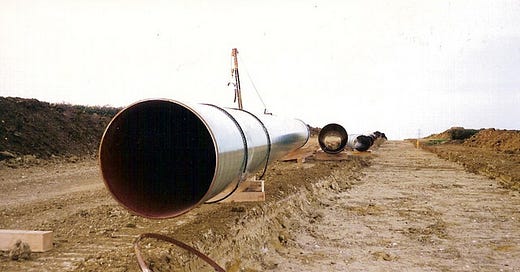The U.S. finally has a climate law. Get ready for more pipelines.
Understanding what the IRA means for CCS.
Greetings from Astoria, Queens, where the tides seem to be turning against a proposal to massively upzone a low-slung industrial part of the neighborhood with some of the cheapest housing close to transit options.
At a time when New York City desperately needs more housing, the Innovation QNS redevelopment promises at least 12 high-rise towers containin…
Keep reading with a 7-day free trial
Subscribe to FIELD NOTES from Alexander C. Kaufman to keep reading this post and get 7 days of free access to the full post archives.



